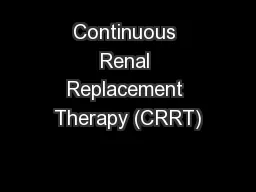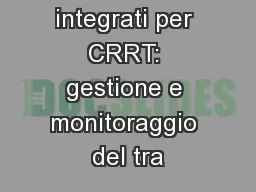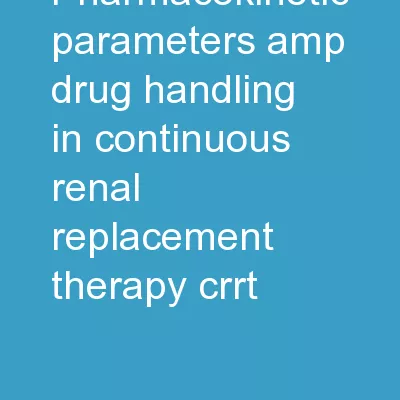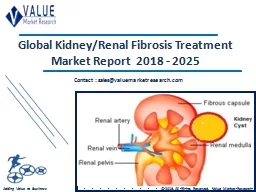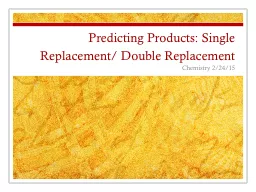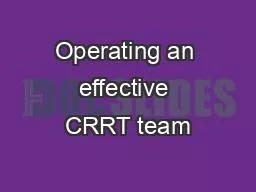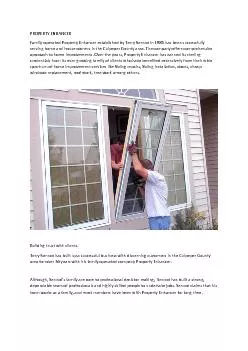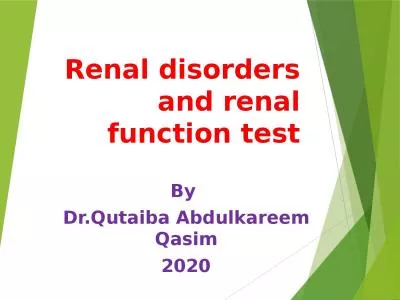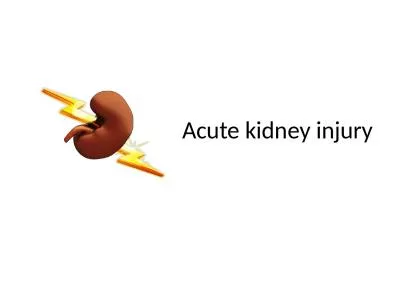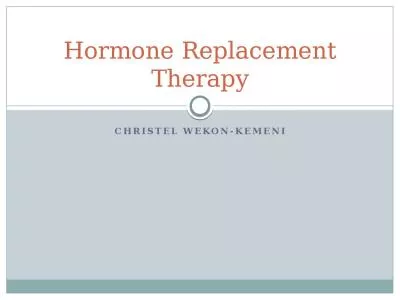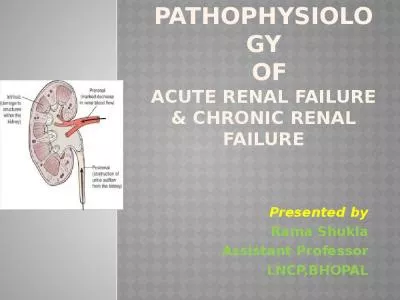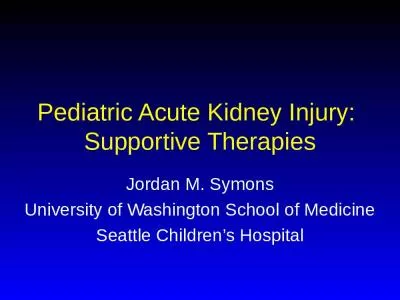PPT-Continuous Renal Replacement Therapy (CRRT)
Author : liane-varnes | Published Date : 2016-07-13
Any extracorporeal blood purification therapy intended to substitute for impaired renal function over an extended period of time and applied for or aimed at being
Presentation Embed Code
Download Presentation
Download Presentation The PPT/PDF document "Continuous Renal Replacement Therapy (CR..." is the property of its rightful owner. Permission is granted to download and print the materials on this website for personal, non-commercial use only, and to display it on your personal computer provided you do not modify the materials and that you retain all copyright notices contained in the materials. By downloading content from our website, you accept the terms of this agreement.
Continuous Renal Replacement Therapy (CRRT): Transcript
Download Rules Of Document
"Continuous Renal Replacement Therapy (CRRT)"The content belongs to its owner. You may download and print it for personal use, without modification, and keep all copyright notices. By downloading, you agree to these terms.
Related Documents

